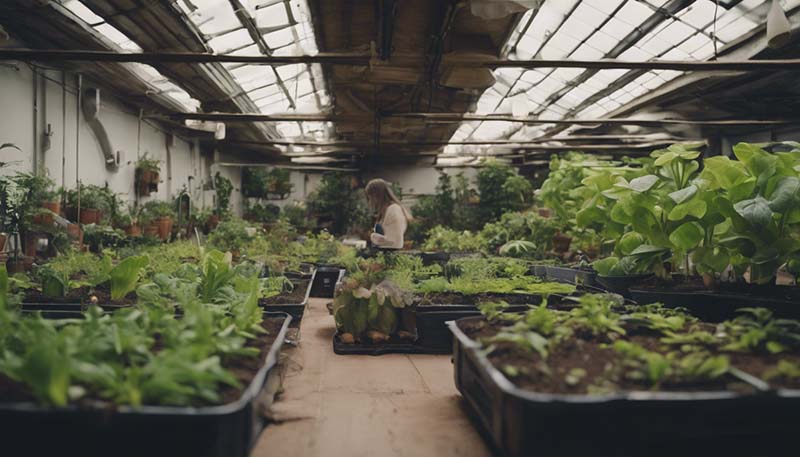Organic Indoor Gardening: Tips and Techniques
Organic indoor gardening is a method of growing plants inside your home without using synthetic fertilizers, pesticides, or GMOs. It's a sustainable and healthy way to enjoy fresh produce and greenery year-round. In this article, we'll explore various tips and techniques to help you successfully grow an organic indoor garden.
Understanding Your Space
Before you start planting, it's crucial to understand your indoor space. Consider factors like sunlight exposure, temperature, and humidity levels. South-facing windows receive the most sunlight, while north-facing ones are the darkest. This information will help you choose the right plants for your indoor garden.
Advertisement
Choosing the Right Plants
- Herbs: Basil, parsley, mint, and cilantro are excellent choices for indoor organic gardening.
- Leafy greens: Lettuce, spinach, and kale can thrive indoors with proper care.
- Fruiting plants: Tomatoes, peppers, and strawberries can be grown indoors, but they require more space and light.
- Flowering plants: Sunflowers, marigolds, and petunias can add color and fragrance to your indoor space.
Soil and Containers
Use organic potting soil that is rich in nutrients and free of chemicals. Choose containers with drainage holes to prevent root rot. You can use terra cotta, ceramic, or plastic pots. Repurposing household items as planters can also be a fun and sustainable option.
Lighting
Plants need light for photosynthesis. If your indoor space doesn't receive enough natural sunlight, consider using grow lights. There are various types of grow lights available, such as fluorescent, LED, and high-intensity discharge (HID) lights. LED lights are energy-efficient and have a long lifespan, making them a popular choice for indoor gardening.
Watering and Humidity
Water your plants when the top inch of soil feels dry to the touch. Overwatering can lead to root rot and other issues. To maintain humidity, you can use a tray filled with water and pebbles or use a humidifier. Grouping plants together can also help increase humidity levels.
Organic Fertilizers
Instead of synthetic fertilizers, use organic options like compost, worm castings, or organic liquid fertilizers. These will provide essential nutrients without harming your plants or the environment.
Pest Control
Pests can be a challenge in indoor gardens. Use organic pest control methods like introducing beneficial insects, using insecticidal soap, or making homemade sprays with ingredients like garlic, soap, and water.

Pruning and Maintenance
Regular pruning helps maintain plant health and encourages growth. Remove dead leaves and flowers to prevent disease. Rotate your plants every few weeks to ensure even exposure to sunlight.
Companion Planting
Some plants grow well together and can benefit each other. For example, planting basil near tomatoes can repel pests and improve growth. Research companion planting techniques to maximize the benefits of your indoor garden.
Harvesting
Harvest your plants when they are at their peak. For herbs, this is usually when they are in full bloom. For vegetables, wait until they reach the desired size. Harvesting in the morning when plants are full of moisture is the best time.
Creating a Self-Sustaining System
Introduce elements like composting, worm bins, or even small-scale aquaponics to create a closed-loop system. This will reduce waste and provide additional nutrients for your plants.
Education and Community
Join gardening clubs, attend workshops, or follow online forums to learn from other organic gardeners. Sharing knowledge and experiences can help you improve your indoor gardening skills.
Conclusion
Organic indoor gardening is a rewarding and sustainable way to grow your own food and enjoy nature's beauty indoors. By following these tips and techniques, you can create a thriving indoor garden that benefits both you and the environment.
Comment